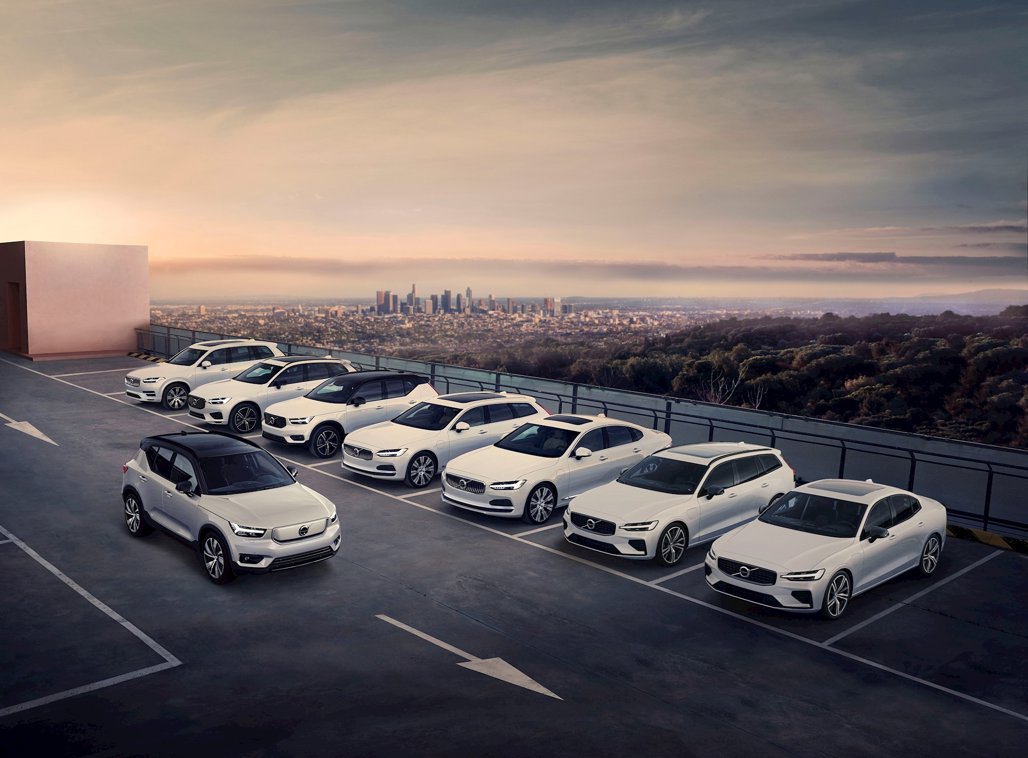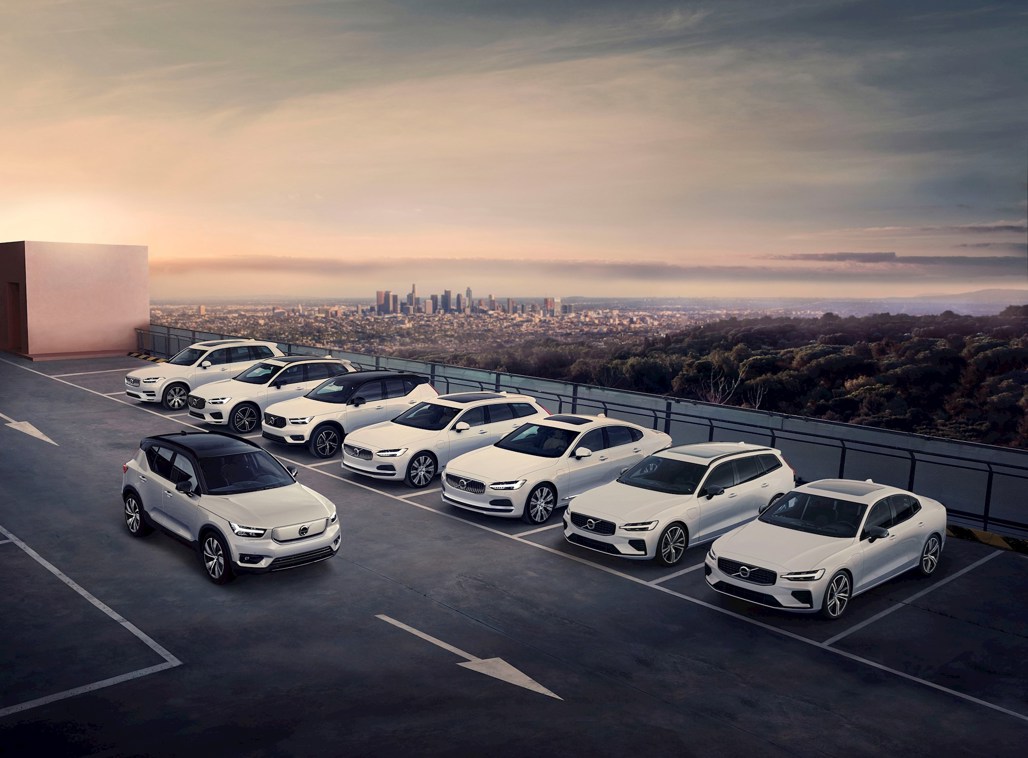Swedish maker Volvo has just marked 10 years under the ownership of China’s Zhejiang Geely Holding (Geely).
During that time the Volvo car brand has been completely reinvented, starting with the launch of the new-generation XC90 in 2014, and then a whole range of related models based on either its Scalable Premium Architecture (SPA) or smaller Compact Modular Architecture (CMA).
During that time the company has operated under what it calls “arm’s length governance” by Geely, keeping Volvo and the Chinese maker’s domestic-market offerings quite distinct.
At the time of the Geely purchase, Volvo had two factories and an engine plant in Europe; now it has four additional sites and a research and development centre in Europe, as well as a new factory in the US.
Last year Volvo sold more than 700,000 cars for the first time in its 93-year history.
“Volvo Cars today is stronger than it has ever been,” says chief executive Håkan Samuelsson.
“With Geely, we started a new successful phase that took us to a whole new level. We completely renewed our product portfolio, established a global presence, almost doubled our sales and went from break-even to profitable. Going forward, we will continue to grow our business together with Geely.”
Future plans may involve a complete merger between Geely and Volvo, which would mean much closer product ties.
In February the two companies announced a business proposal that would “accelerate financial and technological synergies”.
The companies will form a working group, although any formal merger would have to be approved by the separate boards and outside regulators.
Volvo is already pursuing electrification and autonomous-drive aggressively. It wants half of its global sales to be fully electric cars by 2025, with the rest hybrids. New models will be based on an updated platform called SPA2.
It’s all a long way from the company’s beginnings as a subsidiary of ball bearing manufacturer SKF (Volvo means “I roll” in Latin) in 1915. The company made its first car in 1927.
The Volvo car brand was part of the larger Volvo Group (or AB Volvo) until it was spun off as a separate entity in 1978. In the decades since, it’s become well-versed in working closely with other companies.
Through the 1980s and 1990s Volvo had various partnerships and collaborations with Renault, all the way through to 1994 when a formal merger was proposed – but rejected by the Swedish board and shareholders.
In 1996 it also participated in the NedCar joint venture with Mitsubishi, which produced the Volvo S40/V40 and Mitsubishi Carisma at a former Daf plant in The Netherlands.
In 1999 Volvo’s automotive operation was sold to Ford, where it became part of the Blue Oval’s ill-fated Premier Automotive Group (PAG) alongside Jaguar, Land Rover, Aston Martin, Lincoln and Mercury.
Much technology was shared among the companies, but forced synergies also damaged some brands – the Ford Mondeo-based Jaguar X-Type being a prime example. Ford started to dismantle PAG in 2006.
Volvo was the last PAG brand to be sold off, to Geely in 2010.
Other big-name Geely automotive assets include Geometry, Lynk & Co, Proton, Lotus and the London Electric Vehicle Company (maker of the new electric Black Cab). Volvo also has a new premium EV brand, Polestar.
A merger would put all under one virtual roof – although Geely has promised that it will retain individual brand identities.





